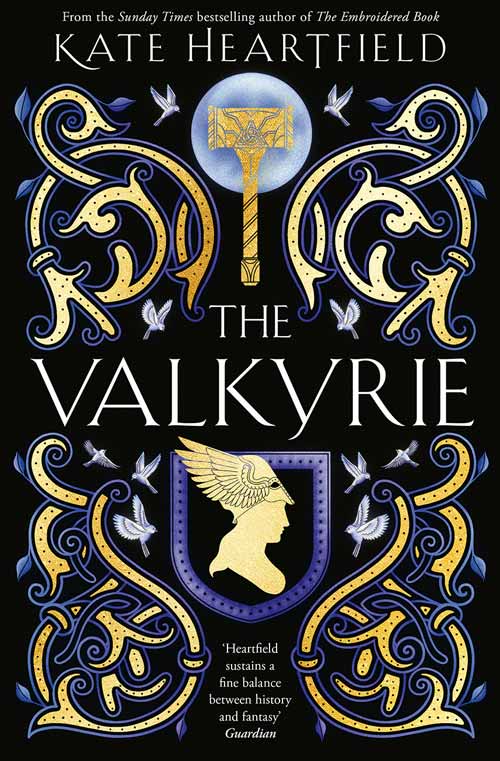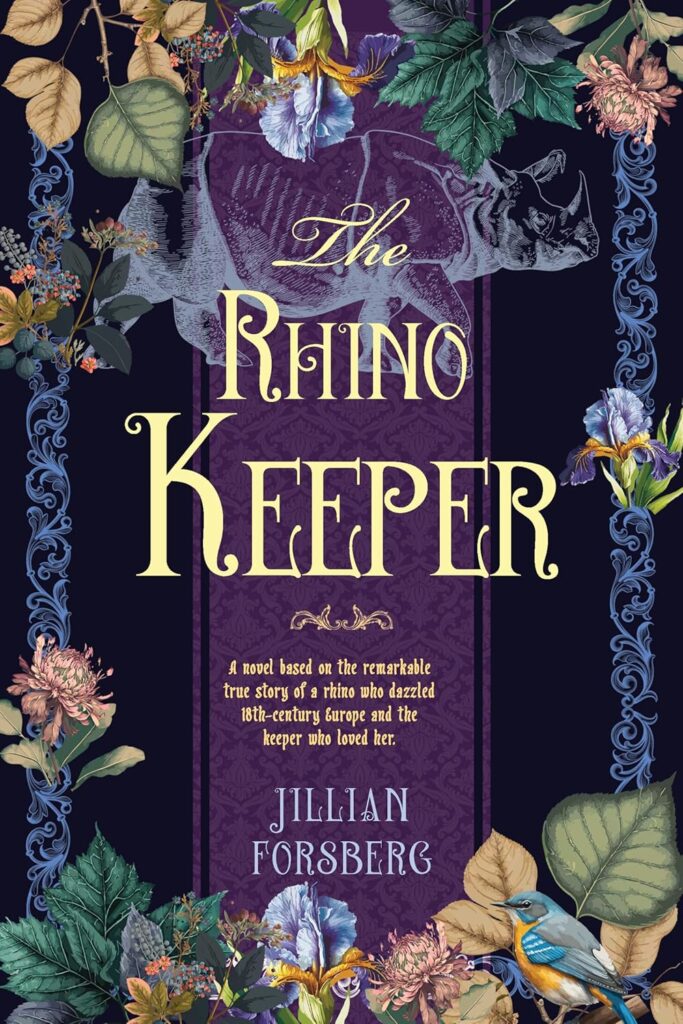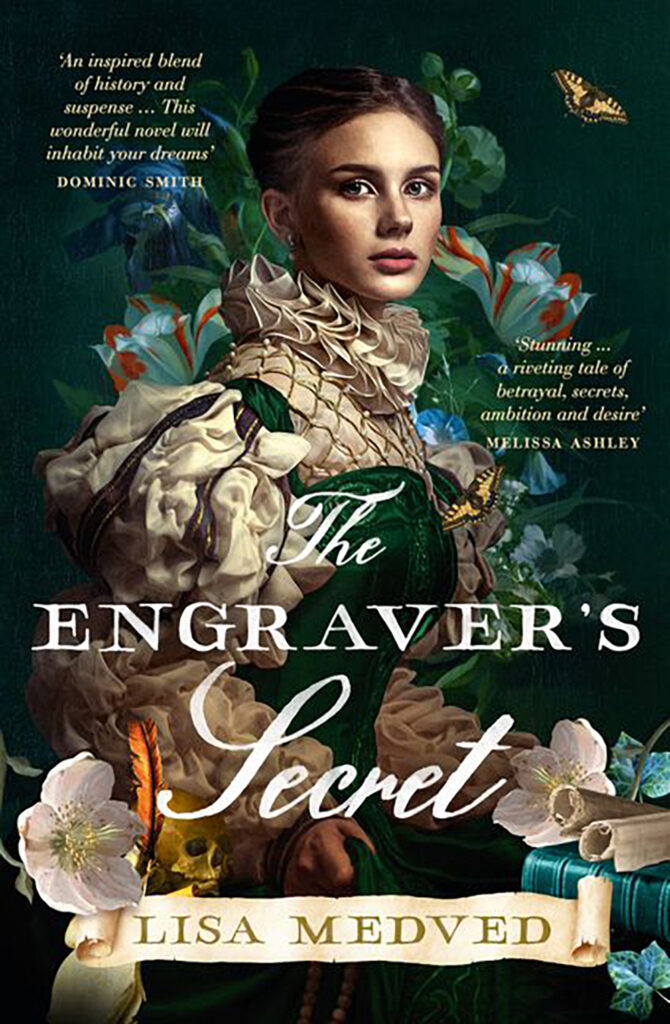Allure of the Artist: The Fascination with Creative Artists in Historical Fiction
WRITTEN BY SUSANNE DUNLAP
 They’re not the political movers and shakers, or witnesses to the biggest moments of history, or even necessarily household names. Yet something about artists of all kinds, about their unique lens on their times, inspires historical novelists to examine their lives and milieus and to get at their underlying truth. Sometimes these are famous figures—a few books about Beethoven have come out this year already, for instance. At other times, novelists seek out the unsung, or the forces in the background that made the lives of famous artists possible. Of course, these two roles are more likely to be filled by women—a perennially popular focus for historical novelists. To get a glimpse of the why behind the fascination with creative artists in historical fiction, I asked a few of my fellow historical novelists to share their reasons for focusing on artists, musicians, actors, and writers.
They’re not the political movers and shakers, or witnesses to the biggest moments of history, or even necessarily household names. Yet something about artists of all kinds, about their unique lens on their times, inspires historical novelists to examine their lives and milieus and to get at their underlying truth. Sometimes these are famous figures—a few books about Beethoven have come out this year already, for instance. At other times, novelists seek out the unsung, or the forces in the background that made the lives of famous artists possible. Of course, these two roles are more likely to be filled by women—a perennially popular focus for historical novelists. To get a glimpse of the why behind the fascination with creative artists in historical fiction, I asked a few of my fellow historical novelists to share their reasons for focusing on artists, musicians, actors, and writers.
Often, the author’s personal background played a role in their choice of subject. That was certainly true for Stephanie Cowell, author of Marrying Mozart (Viking, 2004) —about the Weber sisters and their relationship with Mozart; and Claude and Camille (Crown, 2010)—about Claude Monet and his first wife, Camille Doncieux.
“I grew up with parents who felt the arts and artists were the center of the world. They were both visual artists. We went to museums and serious plays all the time and the house was filled with books. Everyone we knew was in or wanted to be in the arts. It never occurred to me to not be in the arts, first as an actress, then an opera singer and balladeer, then a novelist.”
Beyond her own personal connection to art and music, Cowell says,
“I find writing about artists of all kinds to be fascinating: it is always the individual struggling to say what is precious to her or him to the world. And we write of course of the particular world each artist had to contend with, which shows us history. It gives me courage that once Monet sold so few paintings that he and his wife went hungry. It shows me the great works we take for granted (Hamlet, the water lily paintings, Beethoven’s 9th Symphony) involved a lot of struggle and uncertainty, just as we endure today whatever our field.”
Also mining her personal history for interest in writing about musicians or artists is Rita Charbonnier, author of Mozart’s Sister (Crown, 2007). “I studied music, singing and acting, I played in theatre and sometimes I still do, so it was quite natural for me to deal with art and artists in writing as well. The ‘psychological type’ of the artist is very familiar to me, because it is my psychological type… and also because most of the people I hang out with are creative people.”
It fits that many authors have creative backgrounds in other fields. The same part of the brain, the same inclinations apply to making art of all kinds: engaging the imagination, being able to enter into someone else’s mind to bring a musical composition to life, for instance, or to have the vision to bring forth a beautiful image from paint and blank canvas. That same ability helps writers dig into the psyche of historical figures to add flesh and blood and emotions and reveal a truth that goes beyond the history books.
But not all authors who turn to historical artists and musicians for inspiration necessarily have that background. Something else draws them to these individuals. Quite often, it’s part and parcel of illuminating the forgotten women of history. Just as women populate the unseen underpinnings that make up the richer historical tapestry of wars and political battles, so are they frequently vital in a great male artist’s or musician’s achievements. Sometimes the limitations imposed on female artists by institutions controlled by men have limited their opportunities and output, and consigned them to the shadows of history. That’s a tempting mine of rich subject matter.
As Barbara Quick, author of Vivaldi’s Virgins (Harper, 2007) notes,
“I was drawn to the Ospedale della Pietà, the famous foundling home in Venice [where Vivaldi taught], as a setting for a novel before I really understood the emotional hook for me—really, I don’t think I fully understood it until I had finished writing the novel. One can feel like an orphan without being an orphan. One can feel like a musician without ever mastering anything more than a fountain pen. Vivaldi’s music gave me the doorway into his soul. It wasn’t at all a stretch for me to understand the loneliness and yearning of [his best student] Anna Maria dal Violin.”
Excavating the past for women who somehow enabled or inspired artists, musicians, and writers is not uncommon. From Sarah Dunant’s The Birth of Venus to Tracy Chevalier’s The Girl With a Pearl Earring to the late, great Susan Vreeland’s Clara and Mister Tiffany to Lynn Cullen’s Twain’s End, readers’ eyes have been opened to the fact that the arts don’t occur in a vacuum, that the outside world and the people who surround the artist have played roles it’s easy to overlook from a distance of time.
Another spur for writing about creative people can be the desire to rehabilitate a figure who has been maligned by history. While this may certainly apply to more than artists, musicians, and writers, often it’s the salacious details—the outsized mythology around an artist—that ooze into the mainstream image of who that artist essentially was. C.W. Gortner achieves a kind of humanizing rehabilitation of Sarah Bernhardt, for instance, in his novel The First Actress (Ballantine, 2020). That the charismatic Bernhardt’s name became synonymous with being overly dramatic about something trivial is a case in point. Gortner’s captivating novel shows us her youth and early life, the Bernhardt before the legend, as it were, who is a sensitive, sympathetic character. He illuminates her struggles against a life she didn’t want and her determination to be an actress on her own terms—no easy feat in the highly traditional world of French theater in the nineteenth century.
Also along the lines of rehabilitating an image is Mary Sharratt’s recent novel, Ecstasy (HMH, 2018), which chronicles the life of one of the most notorious women in music history, Alma Mahler. Her name has lived on not as the talented composer that she was, but as the femme fatale who lured male artists into her snares—to their detriment. Music historians often accuse her of somehow causing the death of her famous second husband, Gustav Mahler, when in fact he died of a hereditary heart condition. Sharratt describes her fascination with Alma Mahler this way:
“Mahler loved Alma as passionately as some of his fans seem to hate her. We can feel Alma’s indelible presence in his music from his Fifth Symphony onward. His most tender adagios are declarations of his devotion to her. In his tenth and final symphony, we can literally hear his heart breaking for her. He scrawled on the score, ‘To live for you, to die for you, Almschi.’ As an author, I wanted to discover how one woman could inspire such extreme emotional reactions.”
Add to that the indisputable fact that Alma gave up composing at the request of Mahler—although late in their marriage, when she was being tempted away, Mahler recognized her need for artistic expression and began to encourage her—and it’s easy to see that the reviled Alma Mahler of music history occupies that place undeservedly.
For me, the appeal of writing about musicians and artists lies in the focused, limited view we get of history through their eyes. Momentous events that occurred during their lifetimes can look a little different when examined through the lens of how those events directly affected the lives of creative people. That lens often requires the writer to sub-select research, to amplify things that don’t seem as relevant or important in a general sense.
For instance, Napoleon was in many ways a positive influence on France at a time of transition. Yet the Napoleonic Code, often seen as a step forward in the French legal system, was a disaster for women artists—and women in general. Part of giving women fewer rights in society (men had a legal right to control women, married women couldn’t buy or sell property, etc.) was that women could not belong to professions. Thus, women artists were not entitled to the profession of artist, meaning they could not join any professional bodies, namely the Institut de France. Paradoxically, they could exhibit in the important annual salons. Digging into the ways women negotiated their restrictions and managed to make art or music or write in the face of them can illustrate facets of history that would be overlooked when taking another view.
To be more general, the closing of a trade route because of a war might not affect most people in a country directly. But if that trade route is the source of paper or ink or pigments or fabric, then artists who need those materials are likely to consider it a disaster.
And for historical fiction, those changing fortunes represent a goldmine of conflict, contradiction, struggle, and triumph—the stuff a good novel is made of. Even without an obvious antagonist, the lifelong quest of an artist to ensure that his or her voice is heard through the ages is inherently dramatic.
In the hands of all the authors mentioned above, stories of artists of all kinds open worlds of perspective into history, making it accessible and fascinating to a broad reading public—which is, after all, one of the primary goals of historical fiction. So let’s have more books about visual artists, musicians, and writers!
ABOUT THE CONTRIBUTOR: Susanne Dunlap is the author of ten historical novels for adults and teens — seven of which are centered around music and musicians. Her most recent is The Paris Affair. Susanne is an Author Accelerator Advanced Certified Book Coach. Find out more at https://susannedunlapedits.com.
Published in Historical Novels Review | Issue 95 (February 2021)






